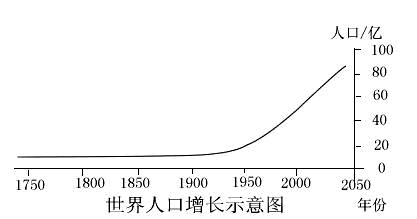阅读理解。
On a grassy plain in South Africa, thousands of miles from home,two pairs of zoo-bred South China
tiger cubs-one-year-old Hope and Cathay and six-month-old Tiger Woods and Madonna are learning to
hunt in the wild. The hope is that they will one day pass on their skills to their young, allowing the next
generation to get back to wildlife reserves (保护区) in China.
A survey shows that the tigers are in more danger of dying out than China's most famous animal,the
giant panda. Forty years ago, about 4,000 South China tigers lived in the wild. Today there are only
about 30. An additional 64 live in 19 zoos in China,which are all descendants(后代) of six wild animals
seized in 1956.
The cubs were born in zoos in China and removed from their mothers when they were three months
old. Their first home in South Africa was a one-acre camp where they stayed for a month. Their next
home was a ten-acre area,where they lived for three months to help them gradually get used to life
outside a cage.
When the cubs first arrived in South Africa,they didn't even want to leave their cages. It took weeks
to get them to eat chicken, used as they were to being fed beef at the zoo in China where they were born.
It took months of practice to hunt a live animal and then make the link between the kill and food. Now
just a few months on, and living in a 150-acre camp,they have become remarkably skilled hunters.
All four animals will finally return to zoos in China while the pioneering pairs' cubs will grow up
completely wild. The aim is for the first rehabilitated tigers to go to reserves developed in China by 2008 ,when the Olympic Games will be held in Beijing.
1. The tigers are sent to South Africa so that____.
A. their young can live in the wild
B. their young can have a better environment
C. they can get used to wildlife reserves
D. they can live a free life in the wild
2. What does the fourth paragraph mainly talk about?
A. The food the tigers ate.
B. The place where the tigers were trained.
C. The process(过程) to train the tigers.
D. The time it took to train the tigers.
3. The underlined part" the first rehabilitated tigers" refers to _____.
A. the tigers sent to South Africa
B. the pioneering pairs
C. the tigers' next generation
D. the zoo-bred tigers
4. Which of the following is TRUE?
A. There are about 100 South China tigers at the zoos in China.
B. South China tigers at the zoos in China usually eat chicken.
C.In the hunting practice cubs didn't eat what they hunted at first.
D. The four tigers will appear in the Olympic Games.
1-4: ACCC

